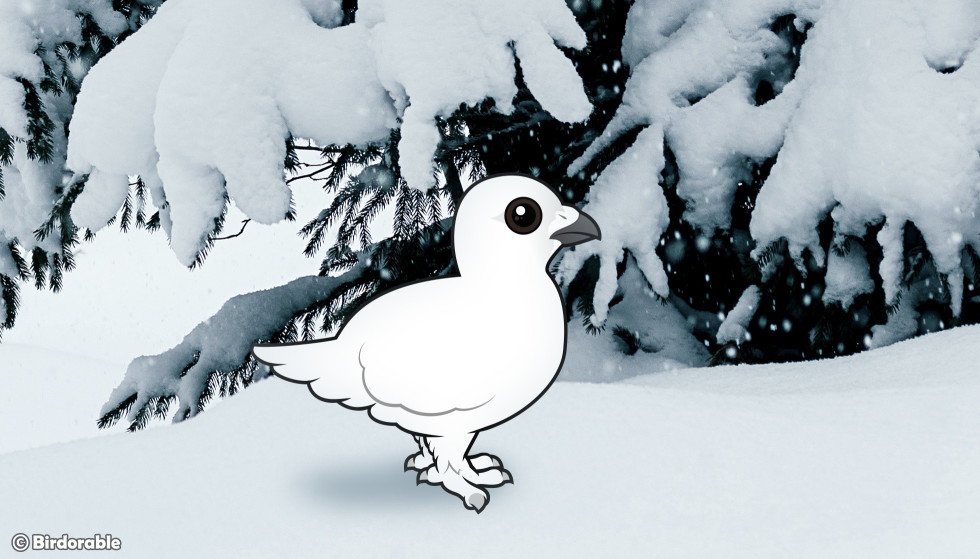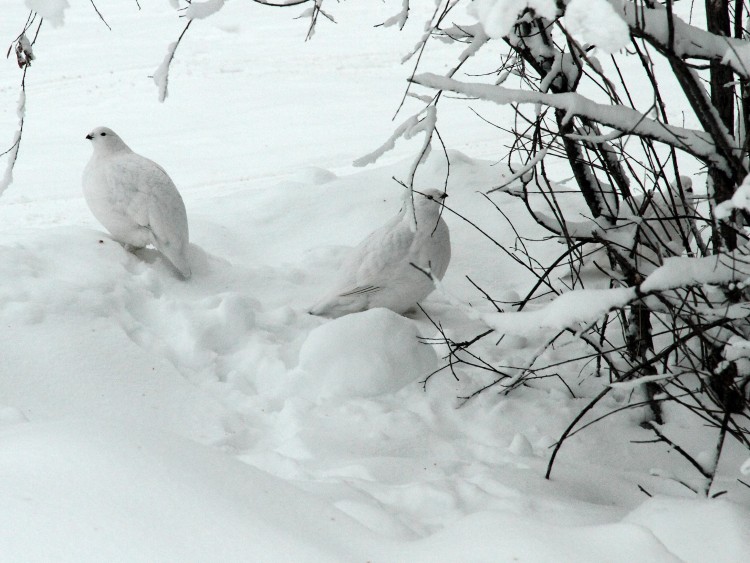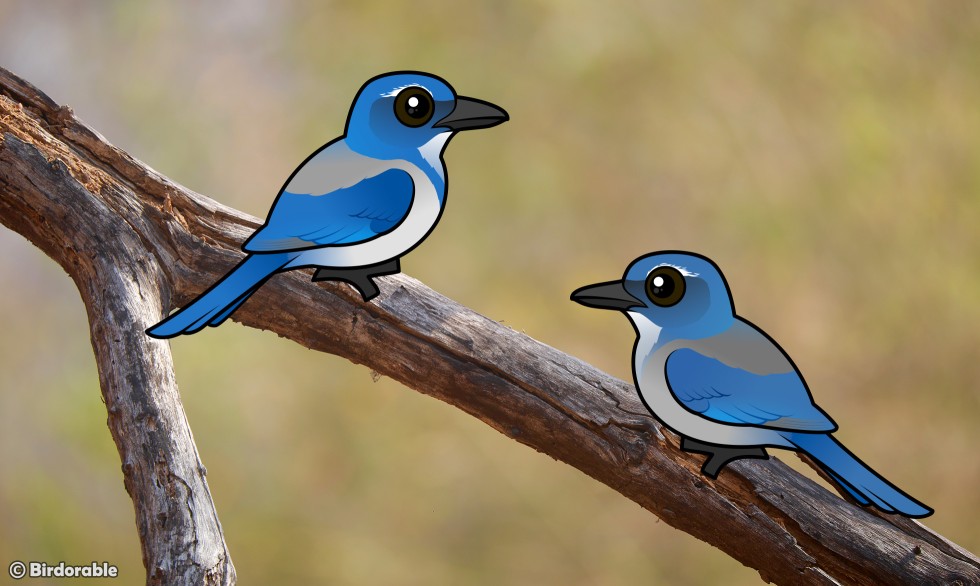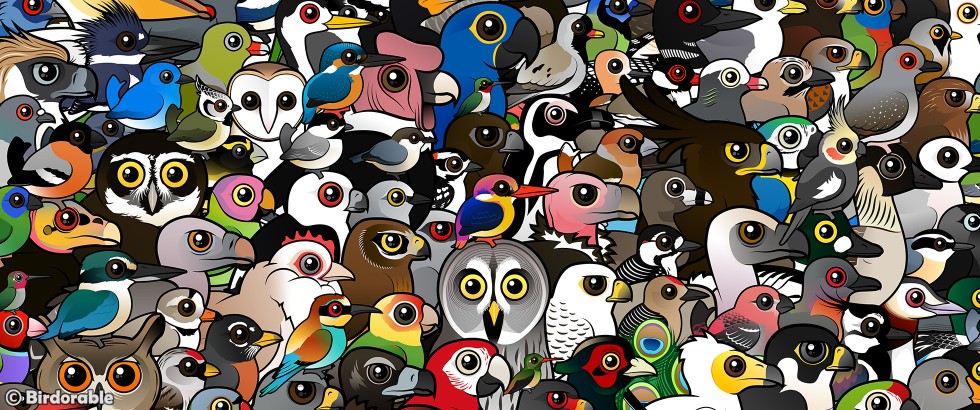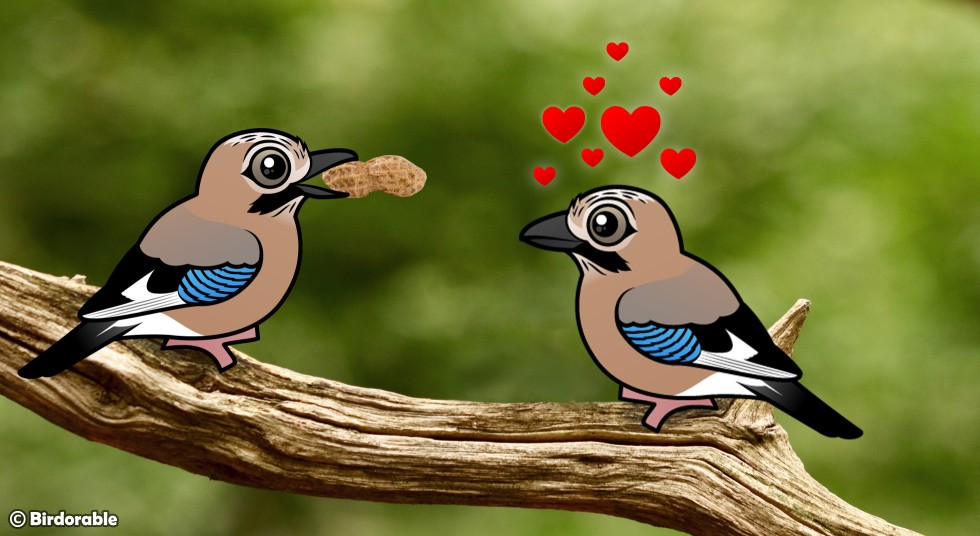We’re thrilled to see Birdorable birds featured in a fun educational infographic related to an interesting study done by researchers at the University of Saskatchewan. The infographic is part of a public outreach effort to share results from a research project studying how wetlands in Prairie Pothole Regions support bird populations and biodiversity.
The study highlights how different types of wetlands provide essential habitat for a variety of bird species, and the special importance of small wetlands, which are unfortunately the type of wetland most vulnerable to degradation or loss. The research emphasizes how conserving a diversity of wetland types is key to supporting birds across the prairie landscape.
From dabbling ducks to shorebirds and secretive marsh birds, wetlands are home to some of our favorite Birdorable species—many of which make a cameo in the infographic!

Here's a sneak peek of the infographic!
You can check out the full infographic here and peep some familiar feathered friends:
Biodiversity and Wetlands Infographic (PDF)
We're honored to have Birdorable birds helping to spread the word about conservation and the importance of wetland habitats.
A big thank you to the Prairie Water research team for using our artwork, and for giving Birdorable credit on the infographic. We love seeing our cute birds support science and learning!
For more information on the study, follow these links:













